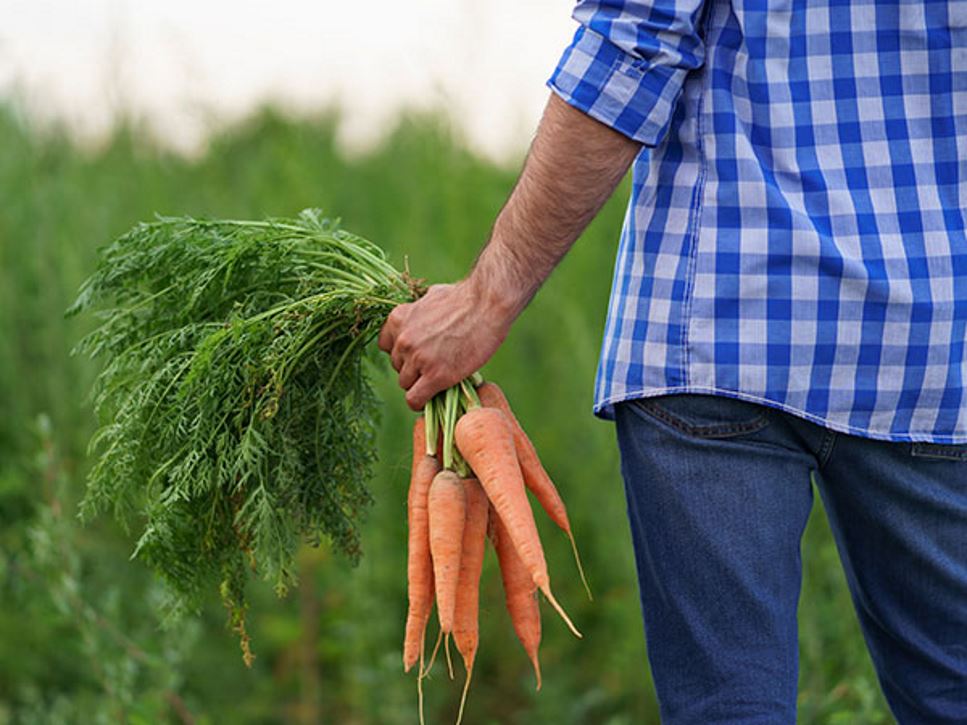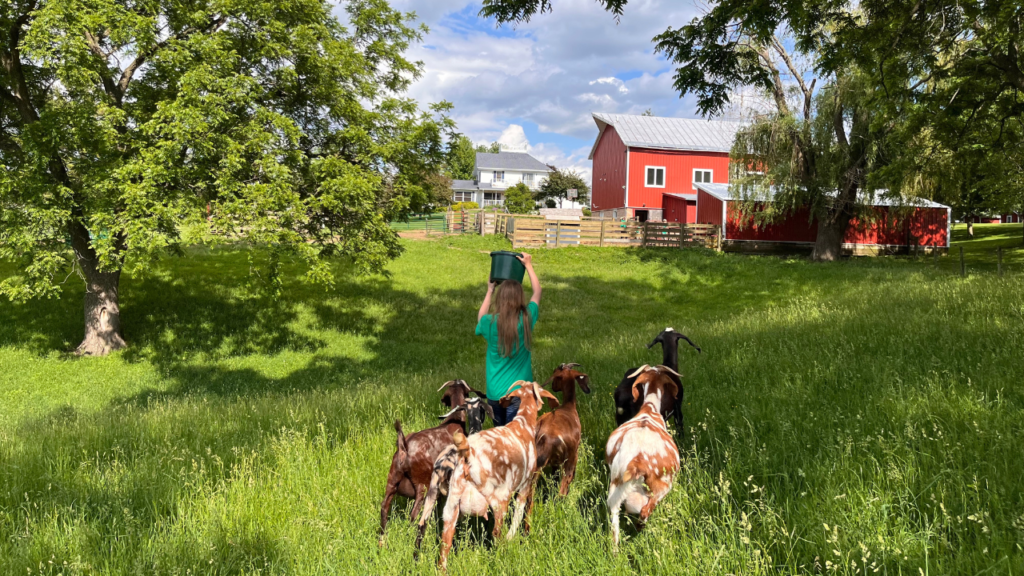Walking onto a family farm feels different. The smell hits first – earth and flowers mixed in a way that makes city air seem fake. It’s not something anyone expects until it happens.
Family farms teach lessons that books can’t. Watching actual farmers work beats any documentary because real people share real stories about why they do things certain ways. Three generations working the same land have stories worth hearing.
Last summer, someone searching for a Honey Farm Near Indiana might stumble across Hunter’s Honey Farm. What starts as buying honey turns into learning about bees, family traditions, and how food actually gets made. These visits change minds about where dinner comes from.
Contents
1. Seasons Don’t Follow Calendars

Farmers ignore what calendars say about spring. They watch soil temperature, count sunny days, and feel when rain patterns change. Nature decides when seasons start, not printed dates on walls.
A farmer might look at March weather and laugh at anyone expecting warm planting conditions. “Not yet,” they’ll say, checking dirt that still feels cold and wet. Two weeks later, everything turns green overnight. Experience wins over official dates every time.
The weather controls everything on farms. One bad storm destroys months of work. Too much rain drowns crops. Not enough rain kills them. Farmers make huge decisions based on cloud shapes, while city people just grab umbrellas.
Patience becomes a survival skill on farms. Plant seeds in spring, tend them all summer, and hope for a good harvest in fall. Maybe. No guarantees exist, just months of careful work with fingers crossed.
2. Families Work As Teams
Grandparents working with teenagers create interesting dynamics. Grandpa knows which plants look sick. Granddaughter knows how Instagram works. They teach each other different skills while pulling weeds together.
Family farms divide work based on what everyone does best. Dad feeds animals. Mom handles market sales. Grandpa fixes broken equipment with duct tape and stubbornness. Kids manage social media because teenagers understand technology.
Arguments happen constantly – good arguments about trying new methods versus keeping old traditions. Listening to a 17-year-old debate composting techniques with her grandfather while they pick tomatoes beats any classroom lecture about agriculture.
Knowledge passes through hands, not textbooks. Kids learn by copying what adults do until muscle memory develops. Years of practice create instincts that can’t be googled.
3. Creativity Solves Problems

Family farms can’t call corporate help desks when equipment breaks. Farmers fix things using spare parts, creativity, and determination that would impress any engineer. Buying new costs too much, so making repairs becomes an essential skill.
One farmer built a functioning irrigation system from old car parts, PVC pipe, and a water pump salvaged from somewhere. The whole contraption looked ridiculous, but it watered 20 acres perfectly for three growing seasons.
Farmers become mechanics, veterinarians, accountants, salespeople, and weather forecasters by necessity. Running family farms requires more diverse skills than most office jobs demand, all while working outdoors in any weather conditions.
Limited money forces innovation that often helps the environment. Nothing gets wasted because waste costs money. Every resource gets used multiple times in creative ways that corporate agriculture never considers.
4. Food Comes From Real Places

Grocery stores hide where food originates. Everything looks clean, perfectly shaped, and packaged in plastic. Farms show truth – vegetables grow in dirt, animals live in pens, and weather affects everything from milk production to apple quality.
Watching carrots pulled from the ground reveals they don’t naturally come in plastic bags, cut into perfect “baby” shapes. Real carrots grow slowly, fight through soil, and develop flavors that store-bought versions can’t match.
Understanding seed-to-table timing creates appreciation for farmers and awareness of how many things can go wrong. Weather, pests, diseases, and timing problems all affect food quality and availability in ways most people never consider.
Seasonal eating makes sense after seeing what grows when. Getting excited about the first strawberries or last apples of the season connects people to natural rhythms that air-conditioned supermarkets eliminate completely.
5. Rural Communities Support Each Other
Country neighbors actually help each other during busy times. Farmers share expensive equipment, trade labor, and provide support during difficult periods that would bankrupt single operations trying to handle everything alone.
Local businesses create networks supporting entire rural areas. Feed stores know every farmer personally. Equipment dealers provide credit and repairs that keep operations running. Service providers become extended family members rather than anonymous vendors.
- Neighbor cooperation: Families help during harvest rushes, sharing both labor and expensive machinery that no single farm could afford to buy new.
- Local partnerships: Feed stores, equipment dealers, and repair shops create personal relationships that support entire communities rather than just individual businesses.
- Direct sales: Farmers selling directly to customers build relationships that benefit both producers and consumers while keeping money in local economies.
- Teaching partnerships: Schools and youth groups work with farms to provide hands-on education that textbooks and videos can’t deliver effectively.
These connections create economic webs that keep rural communities alive while providing alternatives to corporate agriculture that treats farmers like interchangeable suppliers.
6. Living On The Land Creates Responsibility
Farmers live where they work, breathe their own air, and drink their own well water. Distant corporate owners are not personally affected by the strong incentives for environmental care created by the fact that damaging the neighborhood also pollutes the home.
It is necessary to consider soil health, water quality, and wildlife habitat decades in advance when planning for the next generation. When children bear the consequences, short-term financial gain cannot excuse long-term environmental harm.
Because different crops and animals require distinct landscape elements during the growing seasons, diverse family farms naturally produce habitat for wildlife. This biodiversity happens without special programs or government mandates.
Conclusion

Family farm visits teach lessons that extend way beyond agriculture into environmental science, business management, community building, and cultural preservation. These experiences show the complexity and dedication required for sustainable food production while maintaining traditions and supporting rural communities.
Time spent on working farms creates informed consumers who understand local food value and agricultural diversity. Learning about beekeeping, crop rotation, or livestock management reveals that family farms serve as living laboratories where old wisdom meets new challenges.